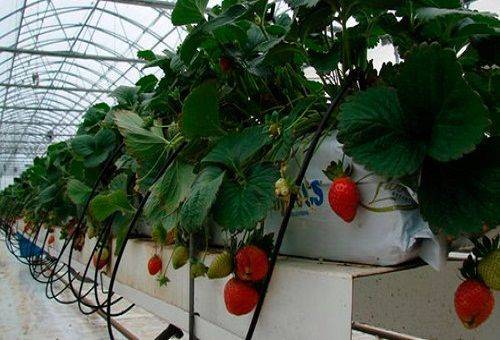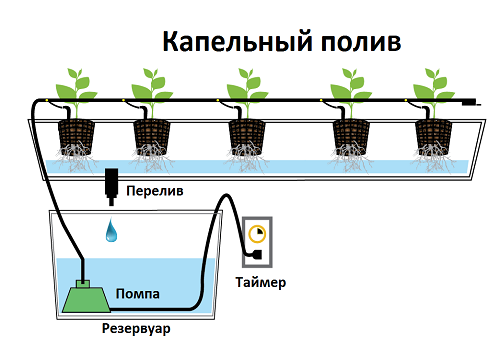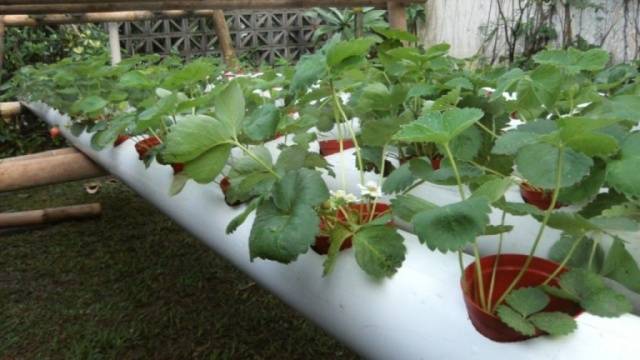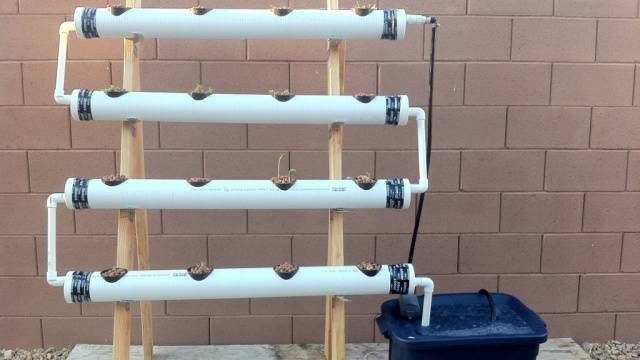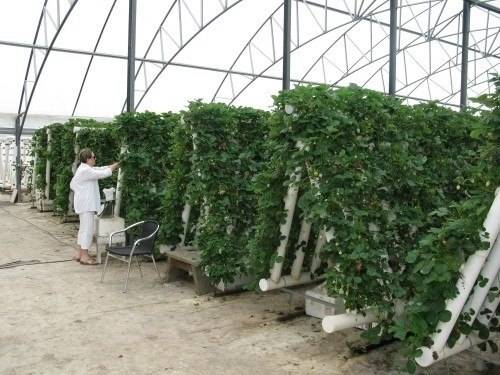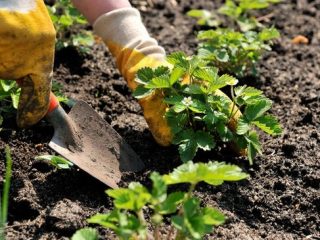Content
In recent years, more and more gardeners have been growing strawberries. There are many ways to place it. Traditional berry cultivation is more suitable for private plots. If strawberries become the backbone of the business, then you have to think about profitable growing methods.
One of the methods that allows you to grow a large crop at minimal cost is hydroponic. Strawberries on hydroponics Is a relatively young method for Russians. But you can safely declare its growing popularity, because the harvest is obtained all year round. The peculiarity of the technique worries not only young people, but also gardeners who have been dealing with strawberries for more than a dozen years.
What is hydroponics
The word "hydroponics"Is of Greek origin and is translated as" working solution ". The hydroponic substrate should be moisture-consuming, with a porous structure, good air circulation. Hydroponic materials for growing remontant garden strawberries include coconut shavings, mineral wool, expanded clay, crushed stone, gravel and others.
Through this system, nutrients are supplied to the plants. The solution can be supplied in different ways:
- by drip irrigation;
- due to periodic flooding;
- aeroponics or artificial fog;
- deep-sea method with complete immersion of the roots in the nutrient solution.
Most often, gardeners grow strawberries on the nutrient layer. The nutrient solution is constantly circulating at the bottom of the hydroponics, and the strawberry seedlings are placed in special cups. As the roots grow, they enter the nutrient medium and provide food for the plant.
Strawberry cultivation technology in hydroponics, it is necessary to master on inexpensive varieties. For beginners, the following strawberry varieties are suitable:
- Fresco and Mount Everest;
- Yellow Wonder and Generous;
- Vola and Bagota;
- Olivia and others.
Benefits of a hydroponic system
Let's take a look at why gardeners prefer hydroponically growing strawberries.
- Firstly, plants develop better, since they do not need to extract food from the soil and spend their strength on it. All the energy of strawberries is directed towards fruiting.
- Secondly, it makes it easier to care for garden strawberries. It does not need traditional processing: loosening, weeding.
- Thirdly, the presence of a hydroponic system does not allow the root system to dry out; together with the solution, the strawberry receives the required dose of fertilizing, oxygen.
- Fourth, hydroponically grown strawberries do not get sick, insects do not breed on them. The berries are clean, you can eat right away.
- Fifth, harvesting is quick and easy because the plants are grown vertically or horizontally at some elevation. Any room can be adapted for the device of a hydroponic plant for growing strawberries, if it maintains the appropriate climatic conditions for continuous fruiting of strawberries.
It should be noted that the method of growing strawberries on a hydroponic system improves not only the yield, but also the quality of the fruit.They have slightly less harmful substances absorbed by plants from the soil and air. Laboratory studies have not shown in strawberries grown using a hydroponic system, the presence of radionuclides, heavy metals, pesticides in fruits collected from hydroponic installations.
Against the background of the advantages, the disadvantages are not so obvious:
- Professional hydroponic plants are expensive and require constant energy costs.
- A gardener who does not know the secrets of technology may not get the desired result.
Hydroponics at home, a gardener's experiment:
Climatic conditions
You can harvest delicious berries at home in heated rooms using the hydroponic method of growing strawberries. You can train right in the house, creating the necessary comfortable microclimate.
Lighting
Strawberries thrive and bear fruit with sufficient light. In the open field, she has enough natural light. It will not be possible to grow a strawberry crop indoors on a hydroponic system without backlighting. In the summer, the illumination is needed to a limited extent, but in the winter you will need powerful lamps, at least 60 thousand lumens. Light for growing strawberries using an innovative method is needed at least 12 hours a day, the best option is up to 18 hours.
Temperature regime
Strawberries are a thermophilic berry. In the room where hydroponics is installed, strawberries are grown at temperatures from + 23 to + 25 degrees in the daytime, with a decrease in temperature at night to + 18 degrees. Strawberries are no less demanding on the room temperature.
Air humidity
Hydroponic systems are installed in fairly humid rooms, about 70%. This parameter needs to be monitored. With a decrease in humidity, strawberry bushes can stop their growth, with high rates, the risk of fungal diseases is high.
DIY hydroponics arrangement
Gardeners are not only concerned about how to grow strawberries using the new technology, but also the question of whether it is possible to arrange a hydroponic system on their own. Most often it is hydroponics with drip irrigation.
The liquid not consumed by the plants flows back into the sump.
What is required
Hydroponics for growing strawberries can be installed vertically or horizontally, depending on the size of the enclosed space. Consider the order of work for horizontal batteries:
- In a large-diameter PVC pipe, holes are made slightly smaller than a pot (about 10 cm) at a distance of 20-25 cm. Tight plugs are inserted into the pipes and connected into a single whole, as in the photo below. The pipes can be installed on a rack as shown in the photo, or laid on the same level.
- As a substrate for strawberries, you can use coconut flakes, mineral wool.
- Pots with seedlings are inserted into the holes.
- A tank with a nutrient solution is placed under the hydroponic battery. A pump is connected to it.
- The circulation of the liquid in the hydroponic system is carried out using a hose with holes. They pass tubes to each pot.
Vertical hydroponic system
The arrangement of a vertical hydroponic system for strawberries is somewhat more complicated than a horizontal one. After all, the nutrient solution will need to be lifted up. In addition, care must be taken to drain excess fluid.
What to make
To make a vertical hydroponic system at home, you need to stock up on:
- strawberry seedlings;
- substrate;
- large diameter PVC pipe with a plug;
- a container for a nutrient solution;
- drill and sealant;
- pump and thick hose.
It will be interesting for beginners to learn in detail how this system is made:
- Measure the PVC pipe, put a plug on one side.Along the entire length of the pipe, markings are made for the holes and sawn through with a drill with a nozzle. The first planting nest is at a height of 20 cm. At a low planting, the grown fruits will come into contact with the ground. Pests can climb along the mustache and peduncles. All other holes are drilled staggered in increments of up to 20-25 cm, depending on the selected strawberry variety.
- Small holes are drilled in the thick hose with a drill for irrigation. They should be positioned opposite the large holes where the strawberries will be planted. To prevent the substrate from clogging the holes, experienced gardeners recommend wrapping the hose with burlap or nylon stocking.
- The hose is placed exactly in the center of the PVC pipe, drainage is poured at the very bottom, and the selected substrate is poured on top.
Watering is carried out through a hose.
In this video, you can see how a horizontal hydroponic system is assembled at home:
Let's summarize
Growing strawberries hydroponically is an effective method. It really works not only in conditions of large production facilities with professional equipment, but also in small summer cottages.
The main thing is to understand the principle of soilless cultivation of strawberries to obtain a harvest of fragrant berries throughout the year. The fact that hydroponics is profitable is often written by our readers in their reviews. For the most part, they are positive. There are, of course, negative ones, but, most likely, the reason lies in the improper use of technology, in the mistakes of the gardeners themselves.
